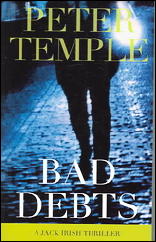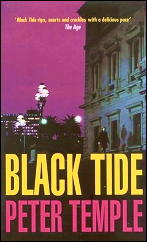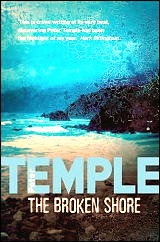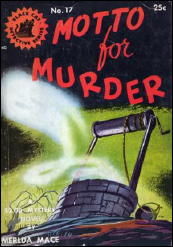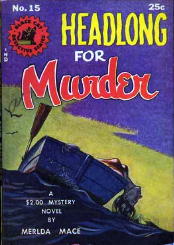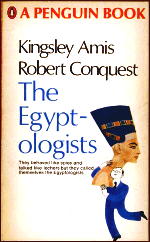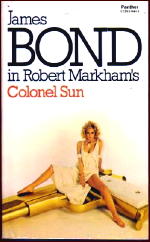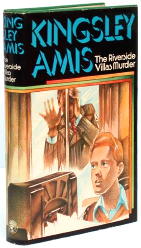A REVIEW BY CURT J. EVANS:
CAROLYN WELLS – The Gold Bag. Lippincott, US/UK, hardcover, 1911. Silent film: Edison, 1913, as The Mystery of West Sedgwick. Online text: here.
“Though a young detective, I am not entirely an inexperienced one, and I have several fairly successful investigations to my credit on the records of the Central Office. The Chief said to me one day: Burroughs, if there’s …”
The prolific American writer Carolyn Wells was mocked by Bill Pronzini in his entertaining book on “alternative” mystery classics (books so bad they’re good), Gun in Cheek, for having written an instructive tome on the craft of mystery fiction, The Technique of the Mystery Story (1913), and then seemingly failed to follow her good advice when composing her own mystery tales.
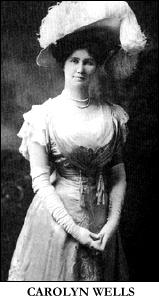
Wells’ second detective novel, The Gold Bag — which actually precedes The Technique of the Mystery Story by two years — illustrates Pronzini’s thesis. It might well have been titled The Leavenworth Case for Dummies.
Carolyn Wells was first drawn to reading mystery fiction in her mid-thirties when a neighbor lady came calling on Wells and her mother and read to them some of Anna Katharine Green’s latest detective novel, That Affair Next Door (1897) (Wells, by the way, suffered hearing loss as a child and wore a hearing aid throughout her life.)
Green had published a hugely popular mystery novel, The Leavenworth Case (1878) nearly twenty years earlier, and had settled into a comfortable career as a prolific crime writer.
Though I personally find it unreadable due to the stilted, melodramatic speech-making of its characters (particularly the two nieces), The Leavenworth Case is considered a seminal work of mystery fiction and is still taught today. Moreover, it does have a solid plot and is fascinating for being an early instance of so many Golden Age mystery tropes: the millionaire murdered in his mansion study/library, the retinue of suspicious servants, the beautiful niece (in this case two), the private secretary, the will.
Wells clearly was familiar with The Leavenworth Case, because The Gold Bag, her follow-up to her debut detective novel, The Clue (1909), obviously is modeled on Green’s famous tale.
In The Gold Bag there is a Watsonesque narrator figure, as there is The Leavenworth Case (in this case Burroughs, apparently a private detective — Wells is never clear on realistic detail like this). As in Leavenworth, this figure is called in to be involved in a murder investigation, this one in a wealthy town in New Jersey (probably, one suspects, quite like Wells’ own home town).
The case involves a millionaire murdered in his study, a retinue of suspicious servants, a beautiful niece, a private secretary and a will. (Sound familiar?) As in Leavenworth, a great deal of time is spent on the coroner’s inquest. As in Leavenworth, the Watsonesque figure becomes enamored with the beautiful niece suspected of the crime. Will true love prevail? What do you think?
Following Leavenworth by over thirty years, The Gold Bag is written in a sprightlier style and reads much more quickly. Where it falters is in providing an adequate puzzle. Wells’ putative Great Detective, Fleming Stone, appears briefly at the beginning of a 325 page novel, then returns in the last twenty pages to solve this case.
If this suggests to you problems with the solution, you are right. Most of the novel is devoted to Burroughs’ investigating various trails (including the trail of the gold bag of the title), all leading to different suspects, and all proving false. During virtually the whole novel, Burroughs, when not pining for the niece, is lamenting how the great Fleming Stone is not around to solve the case for him, until you just want to thrash him.
When Stone does show up he eliminates one suspect on the basis of deductions he had made some days ago about some shoes left out to be cleaned at a hotel, shoes that just happen to turn out to have been the shoes of this suspect!
“It is very astonishing that you should make those deductions from those shoes, and then come out here and meet the owner of those shoes,” pronounces another character. I’ll say!
Then Stone pulls the murderer, the only person left not suspected at some point in the novel, out of his hat, and the fool hysterically confesses his/her guilt and commits suicide with one of those convenient poison pellets Golden Age murderers always seem to have handy when the Great Detective points the Dread Accusing Finger at them.
This leaves one page for the author to pair off Young Love, and all ends happily ever after (except for the murderer, but readers will barely remember him even one page after his exit).
So, with disappointing detection, no clever murder mechanics, cardboard characters and no interesting descriptive writing, there is not much to recommend this one, except from a sociological standpoint.
It’s not really bad enough, either, to qualify as one of Pronzini’s alternative classics. Notably lacking here is the rather silly humor and situations found in many of Wells’ later detective novels.
There is still an air of unreality about the whole enterprise, however. The murdered man was a businessman of some sort, but we never learn anything about his business. A police investigator is briefly mentioned, but he does nothing. Indeed, it seems to be the view in the The Gold Bag that coroners and district attorneys rely exclusively on private investigators to conduct murder cases for them, without any involvement from the police.
One is left with the impression that Wells had a rather limited acquaintance with what might be termed “real life.” Granted, Golden Age novels often did not stress realism, but Wells’ novels seem to me too far removed from any semblance of it.
If they were clever Michael Innes-ian parodies of the form that would be one thing, but they don’t seem to be that either. So far they just seem to me mildly silly.
But, given their apparent popularity, they do show that there was a mystery fiction audience in the United States over the period Wells published mystery novels (1909-1942) that must have been far, far removed in taste from the celebrated hardboiled style.
Note: Curt hasreviewed another book by Carolyn Wells on this blog, Feathers Left Around, from 1923.


















